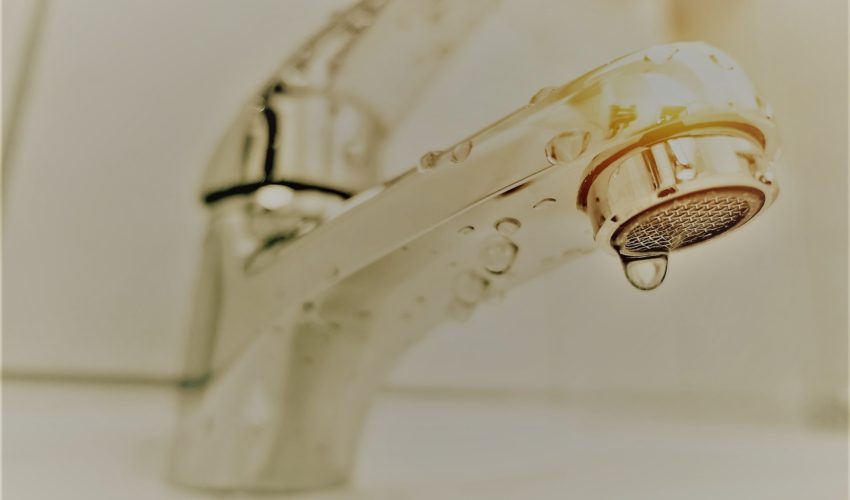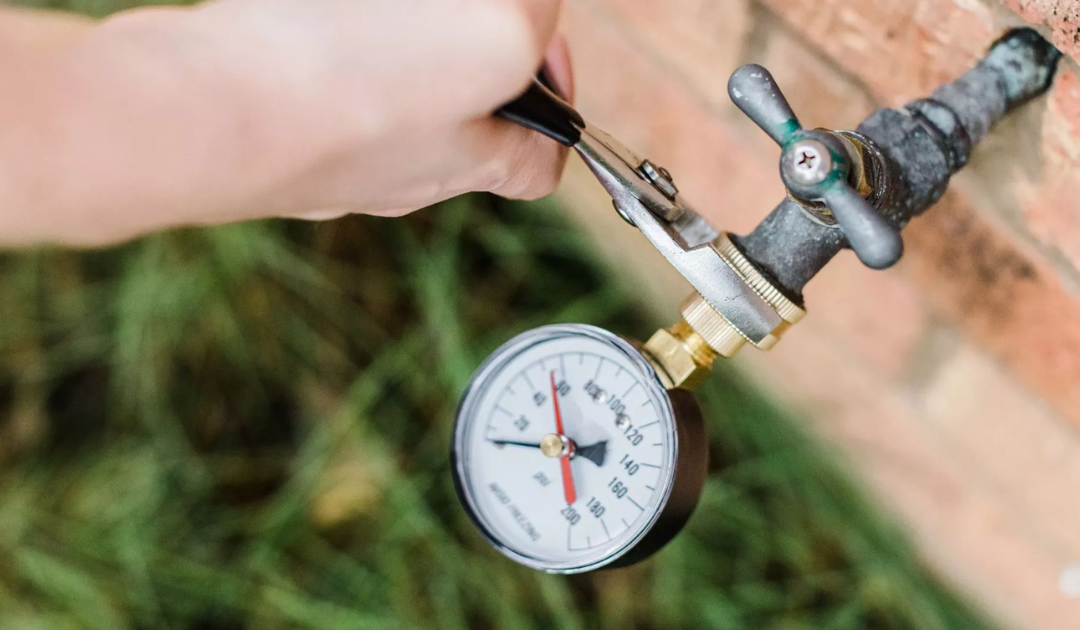What are your opinions on 10 Reasons for Low Water Pressure in Your House?

Low water stress in your house can be a frustrating trouble, affecting every little thing from bathing to washing meals. If you're experiencing weak water circulation, there are a number of possible reasons and services to check out. In this guide, we'll talk about typical reasons for low water stress and practical steps to address the problem efficiently.
Intro to Low Tide Stress
Low tide stress takes place when the flow of water from your faucets, showers, and various other components is weak than usual. This can make daily tasks much more tough and much less efficient. Recognizing the reasons for low tide stress is essential to locating the ideal option.
Usual Reasons For Low Water Stress
Faulty Pressure Regulators
Pressure regulators are accountable for keeping constant water pressure in your house. If they malfunction, it can lead to low water pressure or unequal flow throughout your house.
Community Water System Issues
Often, the issue lies outside your home. Metropolitan water supply problems, such as main line leakages or maintenance job, can temporarily reduce water pressure in your area.
Pipeline Obstructions
With time, pipelines can end up being blocked with natural resource, debris, or particles, limiting the flow of water. This is a typical problem in older homes with galvanized steel pipelines.
Deterioration
Deterioration within pipelines can bring about leaks and minimized water pressure. Corrosion build-up can restrict water circulation, specifically in aging plumbing systems.
Exactly How to Identify Low Tide Stress
Inspecting Pipelines
Inspect noticeable pipes for indications of leakages, rust, or obstructions. Focus on any unusual noises, such as knocking or rattling pipes, which could show issues within the plumbing system.
Consulting with a Plumber
If you're not able to pinpoint the root cause of low tide stress, consider hiring a specialist plumber to conduct a thorough inspection. They can identify underlying concerns and recommend suitable services.
Checking Faucets and Fixtures
Start by testing the water stress at various faucets and fixtures throughout your home. If the problem is separated to certain areas, it may suggest local troubles.
DIY Solutions to Deal With Low Tide Stress
Flushing Hot Water Heater
Debris build-up in the water heater can restrict circulation and decrease efficiency. Purging the storage tank regularly helps remove sediment and maintain ideal efficiency.
Checking Pressure Regulatory Authority
Make sure that the stress regulatory authority is operating appropriately. Changing or replacing the regulatory authority can help bring back appropriate water pressure throughout your home.
Cleansing Aerators and Showerheads
Natural resources can accumulate in aerators and showerheads, reducing water flow. Remove and clean these parts frequently to enhance water pressure.
Clearing Up Clogs in Water Lines
For minor blockages, try using a plumbing serpent or chemical drainpipe cleaner to clear blockages in pipelines. Be cautious when utilizing chemicals and comply with security guidelines.
When to Call an Expert Plumber
If DIY efforts fall short to resolve the problem or if you believe significant plumbing problems, it's best to seek support from a qualified plumber. They have the proficiency and devices to resolve complicated issues safely and efficiently.
Safety Nets to Maintain Water Pressure
Setting Up a Pressure Booster
Think about mounting a pressure booster pump to enhance water stress in locations with regularly reduced flow. This can be especially beneficial for multi-story homes or residential properties with high-demand fixtures.
Surveillance Water Usage
Bear in mind water usage behaviors and avoid overtaxing the plumbing system. Simple adjustments, such as staggering showers and washing tons, can aid maintain adequate water stress.
Normal Upkeep
Schedule routine upkeep for your plumbing system to stop concerns such as rust, leaks, and clogs. Addressing small troubles early can aid avoid even more substantial repair services later.
Conclusion
Dealing with low tide pressure can be frustrating, yet recognizing the underlying causes and executing suitable solutions can recover ideal flow throughout your home. Whether it's cleansing aerators, examining pipes, or talking to a plumber, taking aggressive actions can guarantee a consistent supply of water for your everyday demands.
How to Fix Low Water Pressure In Your Home
Municipal Water Supply Issues
Scheduled maintenance, high demand, and water main breaks are all potential causes for low water pressure within a city or county’s water lines. While there’s not much you can do to personally fix a problem with your city or county’s water supply system, you can play a big role in documenting the issue and alerting those who can.
How to fix it:
Ask your neighbors if they are experiencing any issues with low water pressure. If multiple homes are affected, it’s likely related to the city’s water line. Contact the local Water Authority to see if there is any maintenance taking place that might be affecting your supply. Also let them know of your specific issues. If other homeowners report the same issues, they’ll know that there could be a larger issue to look into. Faulty Fixtures
A damaged or clogged shower head, faucet or appliance is the first thing we’d suggest checking, especially if low water pressure appears to be isolated to a specific area of your home.
How to fix it:
First, turn off the main water supply to your home. Check the affected appliances for build-up or debris. In the case of a faucet, you can simply unscrew the aerator at the tip of the faucet. Showerheads should be fully detached from the water pipe. While the appliances are detached, you may want to check the water supply to determine if the fixtures were in fact the issue. To clean, soak the showerhead or aerator in vinegar and brush off any visible debris. Reattach the fixtures and check the water pressure again. If it is still low, there is likely a deeper issue at hand, which can be determined by a professional plumber. Pipe Obstructions
Mineral deposits, rust or other debris within water pipes can lead to blockages or corrosion over time.
How to fix it:
When you think of a clog, you probably think of a drain clog. While there are many DIY solutions to clearing a drain, clogs in a water pipe will almost always require the help of a professional plumber. A plumber will be able to locate the affected pipe and clean out any debris or mineral deposit buildup. In severe cases, the pipe may need to be replaced. Your plumber might also recommend a water softening system to remove the minerals from your home’s water supply that can contribute to pipe blockages over time.
Plumbing Leak
Undetected water line leaks can divert water away from your residential pipes, reducing the water pressure in your fixtures.
How to fix it:
Check your water meter by turning off all water sources and monitoring the meter for any movement, which could be a clear indicator of a potential leak. Check all visible pipes for signs of leaking, including water stains, active dripping or damp spots around the pipe. Inspect fixtures, including faucets and showerheads, for any drips. Test the pressure but recording the pressure with the main water valve shut off. Leave off for a few hours and test again. A significant drop in pressure is a clear sign of a leak. https://kiddcoplumbing.com/plumbing-blog/how-to-fix-low-water-pressure/

We were made aware of that report about through an acquaintance on a different web blog. In case you appreciated our article kindly be sure to share it. I am grateful for your time. Come back soon.
About